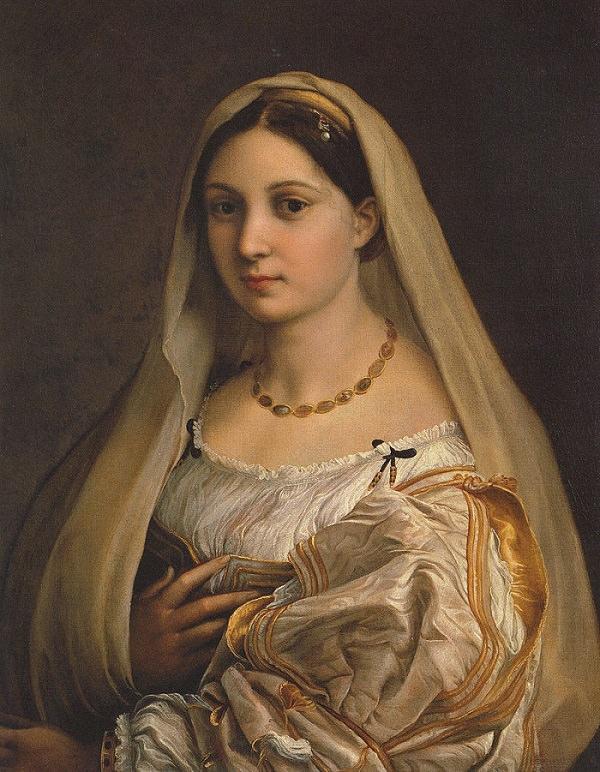
Portraits of Raphael. Friends, lovers, patrons
Contents:
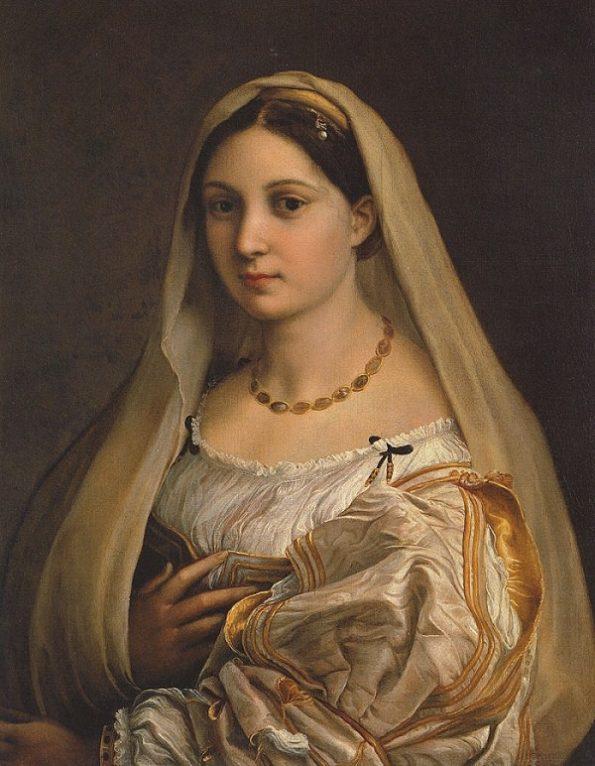
Raphael lived in an era when full-face portraits had just appeared in Italy. Some 20-30 years before that, the inhabitants of Florence or Rome were depicted strictly in profile. Or the customer was depicted kneeling before the saint. This type of portrait was called a donor portrait. Even earlier, the portrait as a genre did not exist at all.
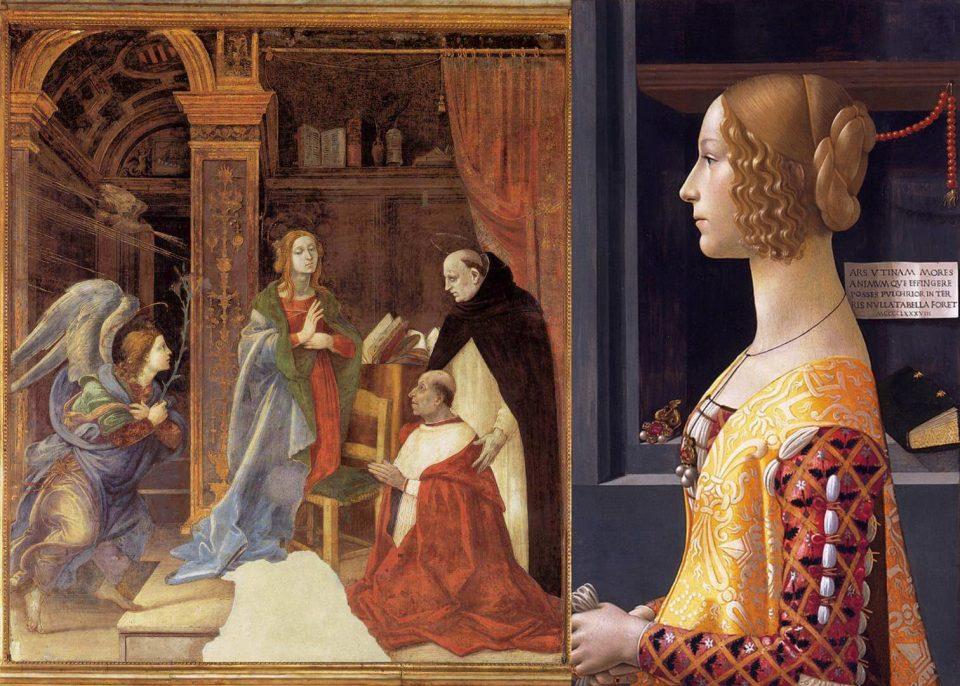
In northern Europe, the first portraits, including full-face ones, appeared 50 years earlier. This is due to the fact that in Italy the image of one person was not welcomed for a long time. Since it was a symbol of separation from the team. Yet the desire to perpetuate himself was stronger.
Raphael immortalized himself. And he helped his friend, lover, main patron and many others to remain in the centuries.
1. Self-portrait. 1506
Read about Raphael in the article “The Renaissance. 6 great Italian masters”.
Read about his most famous Madonnas in the article “Madonnas by Raphael. 5 most beautiful faces.
site “Diary of painting. In each picture there is a mystery, destiny, a message.”
"data-medium-file="https://i1.wp.com/www.arts-dnevnik.ru/wp-content/uploads/2016/08/image-11.jpeg?fit=563%2C768&ssl=1″ data-large-file="https://i1.wp.com/www.arts-dnevnik.ru/wp-content/uploads/2016/08/image-11.jpeg?fit=563%2C768&ssl=1" loading ="lazy" class="wp-image-3182 size-thumbnail" title="Portraits of Raphael. Friends, lovers, patrons" src="https://i2.wp.com/arts-dnevnik.ru/wp-content/uploads/2016/08/image-11-480×640.jpeg?resize=480%2C640&ssl =1″ alt=»Portraits of Raphael. Friends, lovers, patrons" width="480" height="640" data-recalc-dims="1"/>
A self-portrait can always tell a lot about the character of the artist. Remember how bright colors Raphael loved. But he portrayed himself modestly dressed in black. Only a white shirt protrudes from under a black caftan. This clearly speaks of his modesty. About the absence of arrogance and arrogance. This is how his contemporaries describe him.
Vasari, biographer Renaissance masters described Raphael in this way: “Nature itself endowed him with that modesty and kindness that sometimes happens in people who combine an exceptionally soft and sympathetic disposition ...”
He was pleasant in appearance. Was virtuous. Only such a person could paint the most beautiful Madonnas. If they want to emphasize that a woman is beautiful both in soul and in body, then they often say “beautiful, like Raphael's Madonna”.
Read about these lovely images in the article. Raphael's Madonnas. 5 most beautiful faces.
2. Agnolo Doni and Maddalena Strozzi. 1506
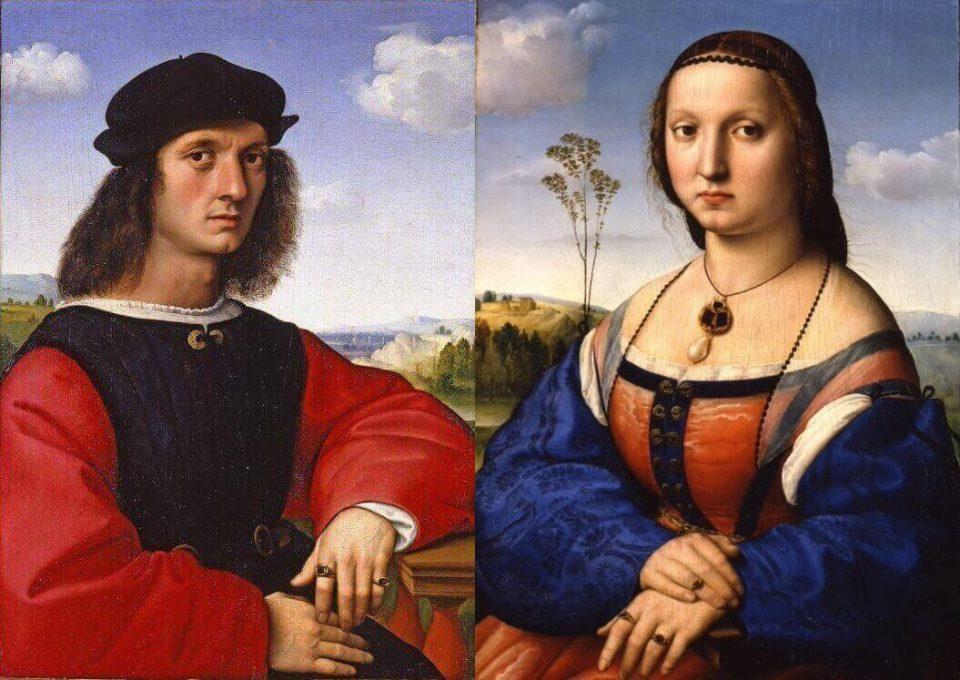
Agnolo Doni was a wealthy wool merchant from Florence. He was an art connoisseur. Rafael for his own wedding, he ordered a portrait of himself and a portrait of his young wife.
At the same time, Leonardo da Vinci lived and worked in Florence. His portraits made a strong impression on Raphael. It is in the wedding portraits of the Doni couple that the strong influence of da Vinci is felt. Maddalena Strozzi recalls Mona Lisa.
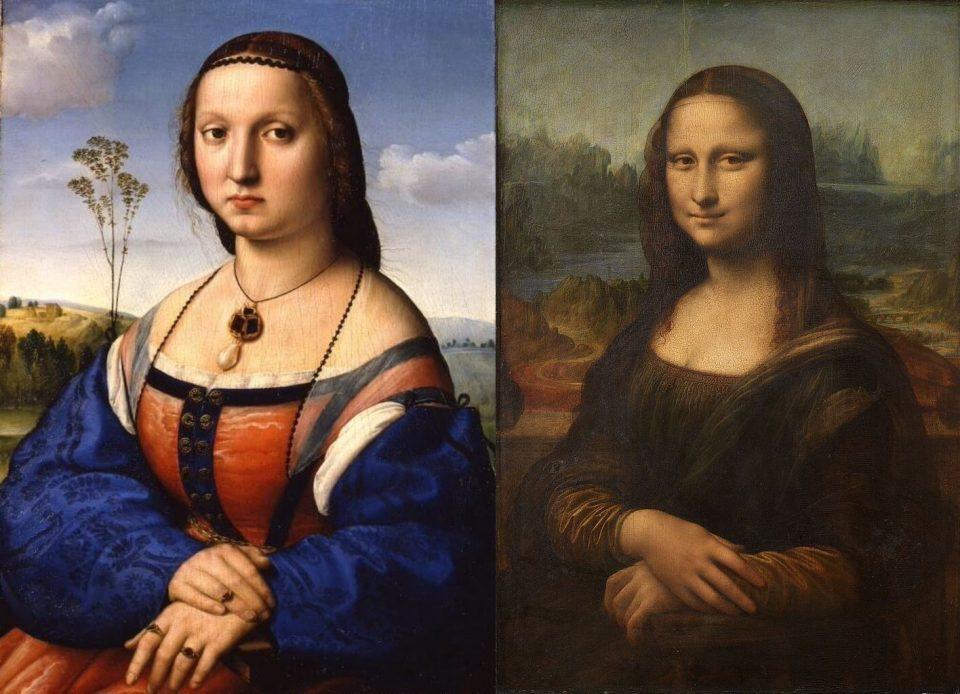
The same turn. The same hands are folded. Only Leonardo da Vinci created twilight in the picture. Raphael, on the other hand, remained faithful to the bright colors and landscape in the spirit of his teacher. Perugino.
Vasari, a contemporary of Raphael and Agnolo Doni, wrote that the latter was a miserly man. The only thing he did not spare money for was art. Most likely he had to fork out. Rafael knew his own worth and demanded for his work in full.
One case is known. Once Raphael completed an order for several frescoes in the house of Agostino Chigi. According to the agreement, he was to be paid 500 ecu. Upon completion of the work, the artist asked for twice as much money. The customer was confused.
He asked Michelangelo to see the frescoes and give his export opinion. Are the frescoes really worth as much as Raphael asks. Chigi counted on the support of Michelangelo. After all, he did not like other artists. Raphael included.
Michelangelo could not be guided by hostility. And appreciated the work. Pointing his finger at the head of one sibyl (soothsayer), he said that this head alone was worth 100 ecu. The rest, in his opinion, are not worse.
3. Portrait of Pope Julius II. 1511
Read about the portrait of the Pope and his role in the life of Raphael in the article “Portraits of Raphael. Friends, lovers, patrons.”
site “Diary of painting. In each picture there is a story, a fate, a mystery.”
"data-medium-file="https://i0.wp.com/www.arts-dnevnik.ru/wp-content/uploads/2016/08/image-22.jpeg?fit=565%2C768&ssl=1″ data-large-file="https://i0.wp.com/www.arts-dnevnik.ru/wp-content/uploads/2016/08/image-22.jpeg?fit=565%2C768&ssl=1" loading ="lazy" class="wp-image-3358 size-thumbnail" title="Portraits of Raphael. Friends, lovers, patrons" src="https://i2.wp.com/arts-dnevnik.ru/wp-content/uploads/2016/08/image-22-480×640.jpeg?resize=480%2C640&ssl =1″ alt=»Portraits of Raphael. Friends, lovers, patrons" width="480" height="640" data-recalc-dims="1"/>
Pope Julius II played a very important role in the work of Raphael. He succeeded Pope Alexander VI, Borgia. He was famous for his debauchery, wastefulness and nepotism. Until now, the Catholic Church considers his reign as an unfortunate period in the history of the papacy.
Julius II was the exact opposite of his predecessor. Powerful and ambitious, he nevertheless did not cause envy or hatred. Since all his decisions were made only taking into account the general interests. He never used power for personal gain. replenished the treasury of the Church. He spent a lot on art. Thanks to him, the best artists of that era worked in the Vatican. Including Raphael and Michelangelo.
He entrusted Raphael to paint several halls of the Vatican. He was so impressed by the skill of Raphael that he ordered the frescoes of previous masters to be cleaned off in several more rooms. For the work of Raphael.
Of course, Raphael could not help but paint a portrait of Pope Julius II. Before us is a very old man. However, his eyes did not lose their inherent rigidity and integrity. This portrait so struck Raphael's contemporaries that those passing by him trembled as if before a living one.
4. Portrait of Baldassare Castiglione. 1514-1515
Read about this portrait in the article “Portraits of Raphael. Friends, lovers, patrons.”
site "Diary of painting: in each picture - history, fate, mystery".
"data-medium-file="https://i1.wp.com/www.arts-dnevnik.ru/wp-content/uploads/2016/08/image-21.jpeg?fit=595%2C741&ssl=1″ data-large-file="https://i1.wp.com/www.arts-dnevnik.ru/wp-content/uploads/2016/08/image-21.jpeg?fit=617%2C768&ssl=1" loading ="lazy" class="wp-image-3355 size-thumbnail" title="Portraits of Raphael. Friends, lovers, patrons" src="https://i0.wp.com/arts-dnevnik.ru/wp-content/uploads/2016/08/image-21-480×640.jpeg?resize=480%2C640&ssl =1″ alt=»Portraits of Raphael. Friends, lovers, patrons" width="480" height="640" data-recalc-dims="1"/>
Raphael was a pleasant person to talk to. Unlike many other artists, isolation has never been characteristic of him. Open soul. Kind heart. No wonder he had many friends.
One of them he depicted in the portrait. With Baldassare Castiglione, the artist was born and raised in the same city of Urbino. They met again in Rome in 1512. Castiglione arrived there as the ambassador of the Duke of Urbino in Rome (at that time, almost every city was a separate state: Urbino, Rome, Florence).
There is almost nothing from Perugino and da Vinci in this portrait. Rafael developed his own style. On a dark uniform background, an incredibly realistic image. Very lively eyes. Pose, clothes say a lot about the character of the depicted.
Castiglione was a true diplomat. Calm, thoughtful. Never raised his voice. It is not for nothing that Raphael portrays him in gray-black. These are wise colors that stay neutral in a world where bright colors compete. That was Castiglione. He was a skilled mediator between opposites.
Castiglione did not like external glare. Therefore, his clothes are noble, but not flashy. No extra details. No silk or satin. Only a small feather in the beret.
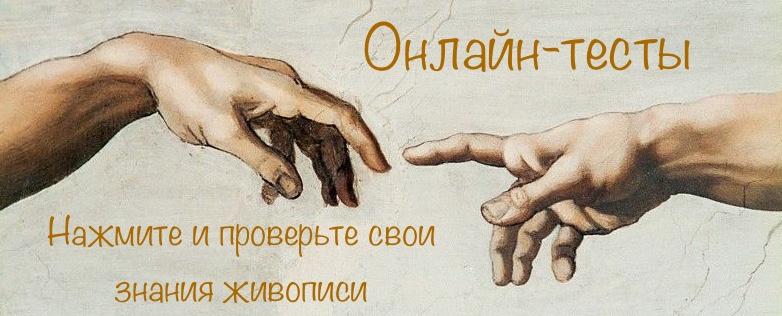
In his book "On the Courtier" Castiglione writes that the main thing for a noble person is the measure in everything. "A person should be a little more modest than his social position allows."
It is this modest nobility of a bright representative Renaissance and managed to pass Rafael.
5. Donna Velata. 1515-1516
Read about it in the article “Fornarina Rafael. A story of love and a secret marriage."
site “Diary of painting. In each picture there is a story, a fate, a mystery.”
"data-medium-file="https://i0.wp.com/www.arts-dnevnik.ru/wp-content/uploads/2016/08/image-28.jpeg?fit=595%2C766&ssl=1″ data-large-file="https://i0.wp.com/www.arts-dnevnik.ru/wp-content/uploads/2016/08/image-28.jpeg?fit=600%2C772&ssl=1" loading ="lazy" class="wp-image-3369 size-thumbnail" title="Portraits of Raphael. Friends, lovers, patrons" src="https://i2.wp.com/arts-dnevnik.ru/wp-content/uploads/2016/08/image-28-480×640.jpeg?resize=480%2C640&ssl =1″ alt=»Portraits of Raphael. Friends, lovers, patrons" width="480" height="640" data-recalc-dims="1"/>
The portrait of Donna Velata is painted in the same manner as the portrait of Castiglione. At the peak of skill. Literally a year or two before it was written Sistine Madonna. It is difficult to imagine a more lively, sensual and beautiful earthly woman.
However, it is still not known for certain what kind of woman is depicted in the portrait. I would seriously consider two versions.
This may be a collective image of a never-existing beauty. After all, Raphael created the images of his famous Madonna. As he himself wrote to his friend Baldassara Castiglione, "beautiful women are as few as good judges." Therefore, he is forced to write not from nature, but to imagine a beautiful face. Only inspired by the women around him.
The second, more romantic version says that Donna Velata was Raphael's lover. Perhaps it is about this portrait that Vasari writes: “The woman whom he loved very much until his death, and with whom he painted a portrait so beautiful that she was all on it, as if alive.”
Much says that this woman was close to him. No wonder Raphael will write more one of her portraits a few years later. In the same pose. With the same pearl jewelry in her hair. But bare-chested. And as it turned out during the restoration in 1999, with a wedding ring on his finger. It has been painted over for several centuries.
Why was the ring painted over? Does it mean that Rafael married this girl? Look for answers in the article Fornarina Raphael. The story of love and secret marriage”.

Raphael created not so many portraits. He lived too little. He died at 37, on his birthday. Unfortunately, the life of geniuses is often short.
Read also about Raphael in the article Raphael Madonnas: 5 Most Beautiful Faces.
***
Comments other readers see below. They are often a good addition to an article. You can also share your opinion about the painting and the artist, as well as ask the author a question.
Leave a Reply